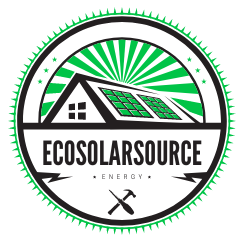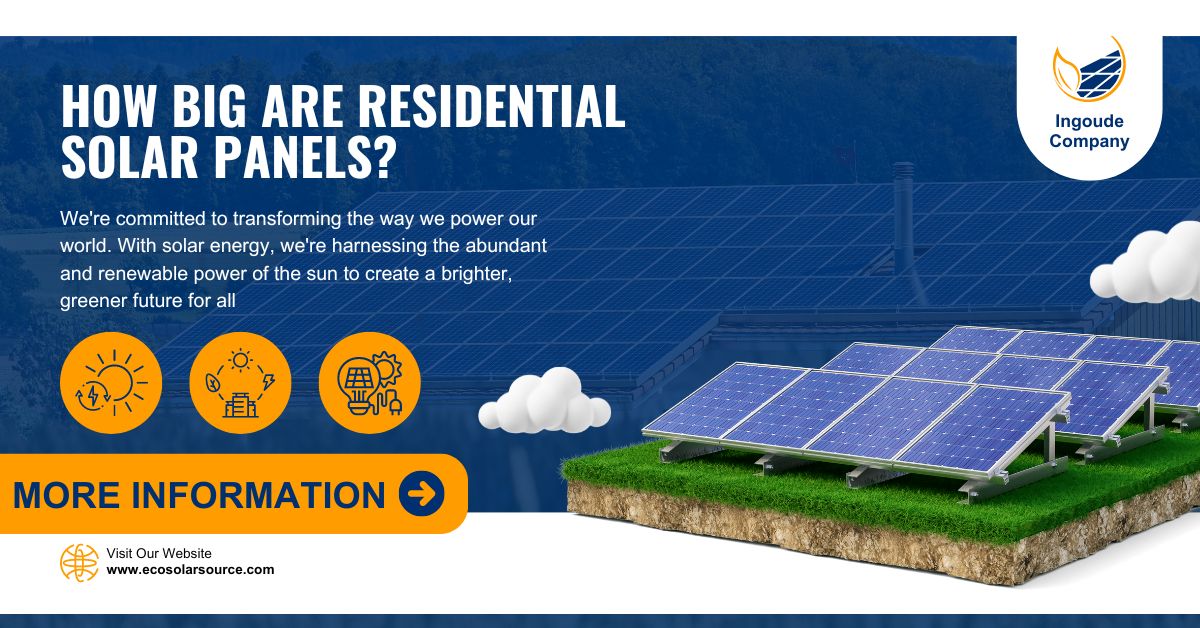How Big Are Residential Solar Panels?
Know the details about How Big Are Residential Solar Panels? Residential solar panels are typically rectangular and vary in size depending on the manufacturer and model, but the most common dimensions range from 5.5 to 6.5 feet in length and 3 to 3.5 feet in width.
These panels generally weigh between 40 to 50 pounds each. The actual size of a solar panel system for a home depends on the energy needs and available roof space. A typical residential system might consist of 10 to 20 panels, which cover an area of around 200 to 400 square feet. The size of individual panels also varies based on their wattage output; higher-efficiency panels may produce more energy in a smaller space. While roof-mounted systems are common, some homeowners opt for ground-mounted arrays, especially when roof space is limited. Overall, residential solar panel systems are designed to maximize energy generation while fitting efficiently within available space.
Table of Contents
How Big Are Residential Solar Panels?
Introduction
Residential solar panels have gained massive popularity in recent years, driven by growing environmental awareness and the increasing affordability of solar energy systems. These panels have proven to be a great way to reduce electricity bills, promote clean energy, and provide a return on investment in the long run. But when people consider installing solar panels on their homes, one of the most common questions is: How big are residential solar panels?
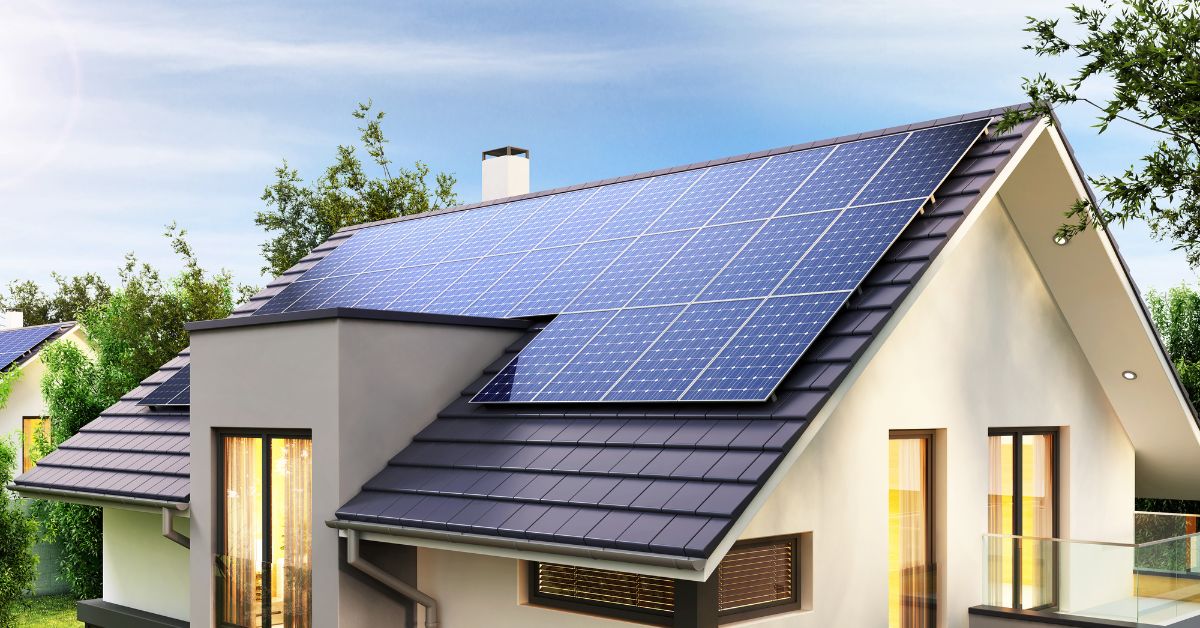
Understanding the size of solar panels is crucial for homeowners, as the size directly impacts how many panels they can fit on their roof, how much energy they can generate, and what kind of installation is feasible. The size of a solar panel influences not only the total energy output but also the visual impact and logistics of installation.
In this comprehensive guide, we’ll explore all aspects related to the size of residential solar panels, including physical dimensions, power ratings, energy output, the number of panels needed, installation considerations, and how to maximize energy efficiency. This article will serve as an informative resource for homeowners who are considering switching to solar power and need to understand the size and scope of the panels they’ll need.
The Basics of Solar Panels
Before we dive into specific sizes, it’s important to have a basic understanding of how solar panels work. The Solar panels are made up of photovoltaic (PV) cells that convert sunlight into direct current (DC) electricity. An inverter then converts the DC electricity into alternating current (AC) electricity, which can be used to power your home.
A typical solar panel is made up of multiple PV cells (usually 60 or 72 cells for residential panels), which are encased in glass and protected by an aluminum frame. Each solar panel has a specific wattage rating that represents the amount of power it can generate under standard test conditions (STC). The overall energy produced depends on the size of the panel, the number of cells, the efficiency of the PV technology used, and environmental conditions such as sunlight exposure.
Average Dimensions of Residential Solar Panels
In general, most residential solar panels come in a standard size that is suitable for rooftop installations. The physical size of the solar panel depends on how many solar cells it contains, as well as its efficiency. Here are the average dimensions of the most common types of solar panels:
- 60-Cell Solar Panels: These are the most common solar panels used for residential installations. A typical 60-cell solar panel measures approximately 65 inches by 39 inches (5.4 feet by 3.25 feet). The thickness of these panels can range from 1.5 to 2 inches, and they weigh around 40 pounds each.
- 72-Cell Solar Panels: Some residential systems also use larger 72-cell solar panels, especially if the homeowner has a large roof and wants to maximize the amount of energy produced. These panels measure approximately 78 inches by 39 inches (6.5 feet by 3.25 feet). The thickness remains the same at around 1.5 to 2 inches, but these panels weigh slightly more—around 50 pounds each.
While these dimensions represent the standard for most solar panels, some manufacturers offer alternative sizes, such as high-efficiency panels with smaller footprints or custom-sized panels for limited roof space.
Power Output and Efficiency
The size of a solar panel isn’t the only factor that determines how much electricity it will produce. Solar panel efficiency and power output are equally important. Efficiency refers to how well the solar panel converts sunlight into usable electricity, while power output is measured in watts (W).
- Efficiency: The efficiency of solar panels generally ranges from 15% to 22%. A more efficient panel will produce more electricity from the same amount of sunlight compared to a less efficient one. Premium solar panels, such as those made by companies like SunPower, LG, and Panasonic, tend to have higher efficiencies (closer to 22%), while more affordable brands offer panels with lower efficiencies.
- Power Output: Power output is measured in watts, and it indicates how much electricity a solar panel can generate. Residential solar panels typically produce between 250W and 400W of power. Higher-efficiency panels produce more watts per square foot, allowing homeowners to generate more electricity from a smaller area.
For example, a 60-cell panel with a power rating of 300 watts might have an efficiency of 19%. Meanwhile, a higher-efficiency 400-watt panel of the same size could convert 22% of the sunlight it receives into electricity. The power rating you need will depend on how much energy you consume and how much space you have on your roof.
How Many Solar Panels Does a Home Need?
One of the main concerns for homeowners considering solar energy is how many solar panels they will need. The number of solar panels you require depends on several factors, including:
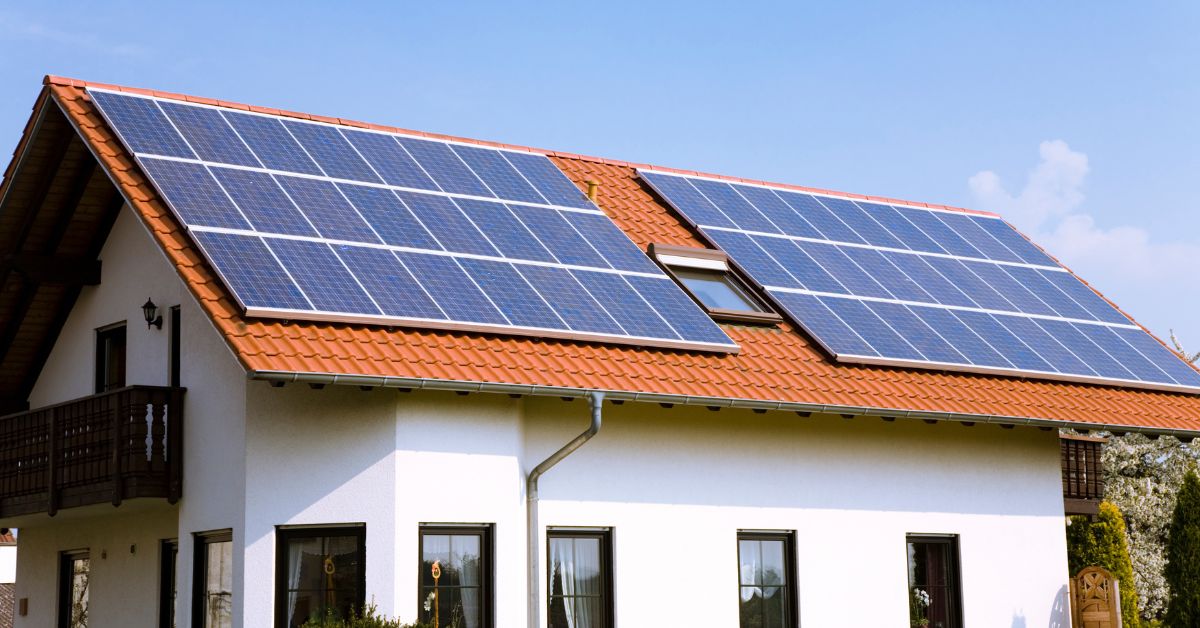
- Energy Consumption: The amount of electricity you consume each month, usually measured in kilowatt-hours (kWh).
- Roof Size: The available area on your roof where solar panels can be installed.
- Sunlight Exposure: The amount of direct sunlight your roof receives during the day. Homes in sunny areas can produce more electricity than those in regions with less sunlight.
- Panel Efficiency: Higher-efficiency panels generate more electricity per square foot, so fewer panels may be required.
To calculate how many panels you’ll need, you’ll first need to determine your annual energy usage. Let’s say your home uses 9,000 kWh of electricity per year. A typical solar panel with a power rating of 300W will generate about 400-450 kWh per year in optimal conditions. Based on these estimates, you would need around 20-24 solar panels to meet your annual energy needs.
Of course, this is just a rough estimate. A more precise calculation can be made by consulting with a solar installer who will take into account specific conditions such as the tilt and orientation of your roof, shading from nearby trees or buildings, and your location.
How Much Space Do Solar Panels Require?
Once you have a rough idea of how many solar panels you’ll need, it’s time to determine whether your roof has enough space to accommodate them. A standard 60-cell panel requires about 18 square feet of roof space, while a larger 72-cell panel needs approximately 22 square feet.
Let’s say you need 24 solar panels, each requiring 18 square feet of space. In total, you would need about 432 square feet of roof space for your solar array. This estimate assumes that your roof has ideal conditions, such as minimal shading and a good orientation for maximizing sunlight exposure.
However, not every roof is perfectly suited for solar installations. Some factors that may affect how much usable space you have for solar panels include:
- Roof Orientation: South-facing roofs are ideal for solar panel installations in the Northern Hemisphere, as they receive the most sunlight throughout the day.
- Roof Tilt: Solar panels work best on roofs with a slope between 15 and 40 degrees. Steeper roofs may reduce energy output, while flatter roofs may require additional racking to angle the panels properly.
- Shading: Trees, chimneys, and nearby buildings can cast shadows on your roof, reducing the amount of sunlight your solar panels receive. Shading can significantly impact energy production, so it’s essential to choose areas of your roof that receive the most sunlight.
If your roof is small or heavily shaded, you may not have enough space for the number of solar panels you need. In such cases, you could consider using high-efficiency panels, which generate more power in a smaller area. Alternatively, you could install solar panels in other locations, such as on a garage or in your backyard (a ground-mounted system).
The Visual Impact of Solar Panels
For many homeowners, the visual impact of solar panels is an important consideration. While solar technology has advanced significantly over the years, some homeowners are concerned about how the panels will look on their roof. Fortunately, modern solar panels are designed to be sleek and unobtrusive.
- Standard Solar Panels: Most standard solar panels have a blue or black appearance, with a grid of white lines that delineate the individual cells. These panels are mounted on an aluminum frame, and while they’re functional and durable, they may stand out against certain roof colors and designs.
- All-Black Solar Panels: Some manufacturers offer all-black solar panels, which are more visually appealing for homeowners who want a cleaner, more streamlined look. These panels feature black PV cells, a black frame, and black backing material. All-black solar panels blend better with dark-colored roofs and have a more modern appearance.
- Integrated Solar Panels: For homeowners who are particularly concerned about aesthetics, integrated solar panels (such as Tesla Solar Roof shingles) offer a more seamless solution. These panels are designed to mimic the appearance of traditional roofing materials, making them nearly invisible from the street. However, integrated solar panels tend to be more expensive than traditional panels, and they may not be as widely available.
Ultimately, the visual impact of solar panels depends on your personal preferences and how well the panels blend with your home’s existing architecture. For many homeowners, the financial and environmental benefits of solar power outweigh concerns about aesthetics.
Installation Considerations
The size of your solar panels will influence how the installation process unfolds. Larger solar panels may require more support structures, more labor, and potentially more complex wiring. Here are some key installation considerations based on panel size:
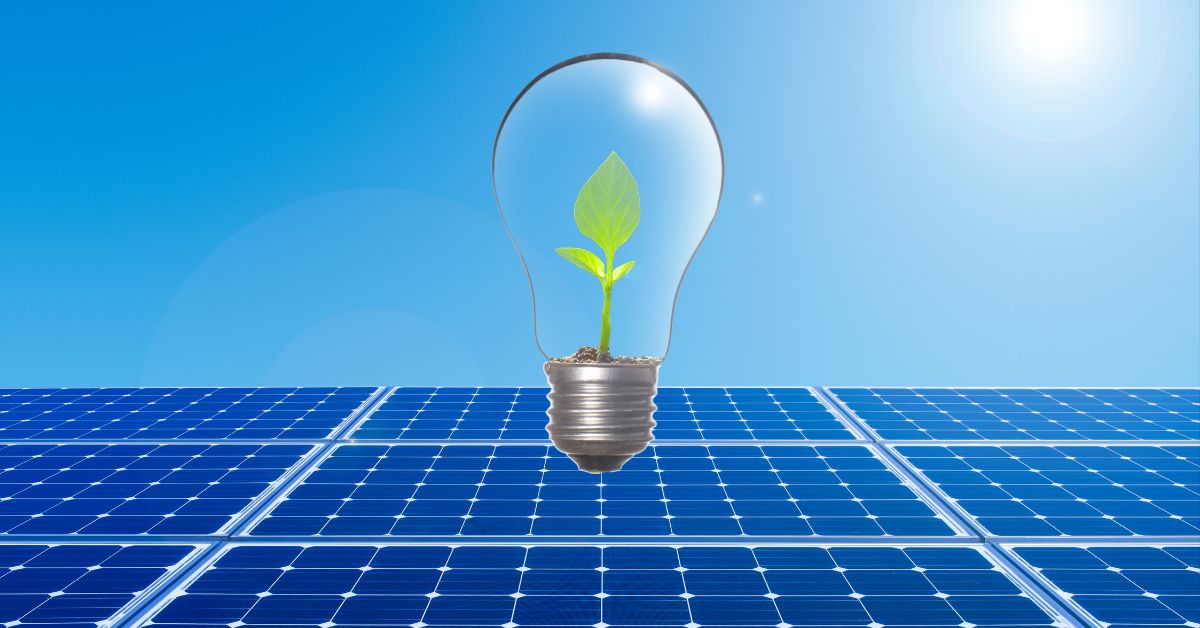
- Weight: Solar panels are not excessively heavy, but their weight can add up if you need a large number of panels. Each 60-cell panel weighs about 40 pounds, while a 72-cell panel weighs around 50 pounds. If your roof is older or in poor condition, it’s important to assess whether it can support the additional weight of a solar array. A structural engineer or solar installer can help determine if your roof requires reinforcement.
- Roof Penetrations: To secure solar panels to your roof, the installer will need to make penetrations in the roofing material to attach the racking system. If you have a large number of panels, this will involve more penetrations, which could increase the risk of roof leaks if not done correctly. Be sure to work with an experienced installer who is familiar with your roof type.
- Inverters and Wiring: The size and number of panels will also influence your inverter and wiring needs. Larger systems may require more powerful inverters or additional string inverters to handle the electrical output. Microinverters, which are installed on the back of each solar panel, can provide a more flexible solution for larger systems.
FAQs About How Big Residential Solar Panels Are
Q1. What are the typical dimensions of a residential solar panel?
Standard residential solar panels usually measure around 65 inches by 39 inches (approximately 5.4 feet by 3.25 feet), though the exact size may vary by manufacturer and model.
Q2. How thick are residential solar panels?
Most residential solar panels have a thickness of around 1.2 to 1.6 inches, not including the mounting hardware.
Q3. What is the weight of a typical residential solar panel?
Solar panels typically weigh between 40 to 50 pounds, which is important to consider for roof installations.
Q4. Do larger panels produce more energy?
Not necessarily. While larger panels may capture more sunlight, their efficiency (measured in watts per square meter) depends on the technology and design of the solar cells, not just size.
Q5. How many panels will need for my home?
The number of panels you need depends on your energy consumption, roof space, and the wattage of each panel. On average, homes may require anywhere from 15 to 25 panels.
Q6. How much roof space is required for solar panels?
For a typical residential solar system, you’ll need about 300 to 400 square feet of roof space, depending on the number of panels and their layout.
Q7. Can I get smaller solar panels for my home?
Yes, smaller solar panels are available, but they may generate less electricity, which means you’ll need more of them to meet your energy needs.
Q8. Are there different sizes of residential solar panels?
Yes, while the most common size is around 65 inches by 39 inches, there are other sizes based on the manufacturer and intended use, such as for smaller roofs or aesthetic preferences.
Q9. Does the size of the solar panel affect installation costs?
Panel size can influence installation costs, as larger panels may require fewer to cover the same area, but might be harder to handle and mount. Smaller panels may require more labor and mounting equipment.
Q10. How do I choose the right size solar panels for my roof?
Consider your roof size, energy needs, and panel efficiency. A professional solar installer can assess your roof’s orientation, shading, and structural integrity to recommend the best panel size for your home.
Residential solar panels come in a variety of sizes, but most panels used for home installations fall within a standard range of dimensions. A typical 60-cell solar panel measures around 65 inches by 39 inches, while a larger 72-cell panel measures 78 inches by 39 inches. However, the size of the panel is just one factor to consider when determining how many solar panels you need and how much energy they will produce.
By understanding the relationship between panel size, power output, efficiency, and available roof space, you can make an informed decision about your solar energy system. For homeowners considering solar power, consulting with a professional installer is the best way to get a customized recommendation that takes into account your energy needs, roof characteristics, and budget.
In the end, residential solar panels are a scalable solution that can be tailored to your home, providing clean, renewable energy while reducing your dependence on traditional utility power. Whether you have a small or large roof, there’s a solar solution out there that can work for you.
Click here to learn more about How Big Are Residential Solar Panels?
Click here to learn more about Solar Energy Storage Benefits
